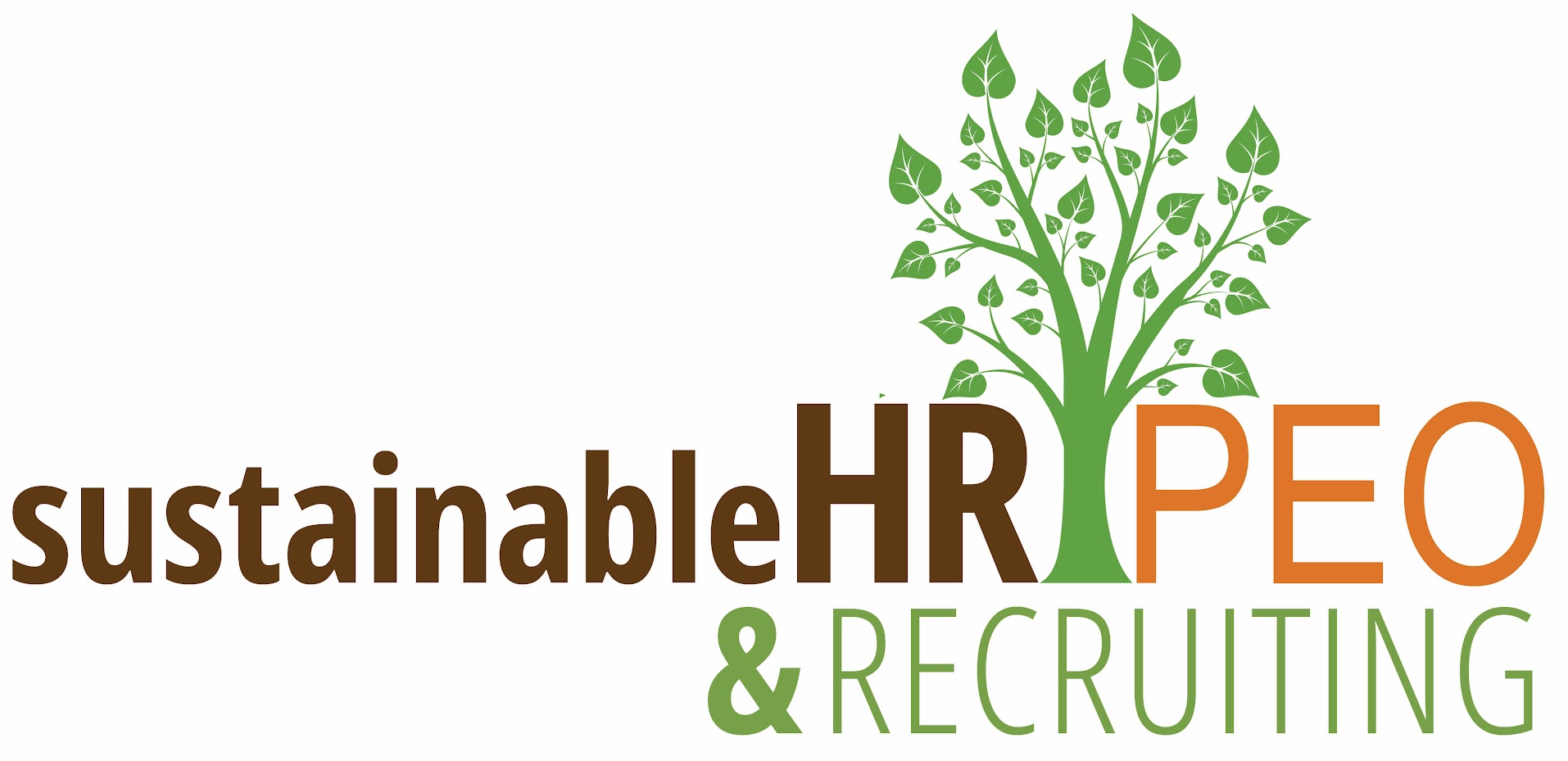Every business wants an engaged team, employees who care about their work, feel valued, and contribute to the company’s success. But engagement doesn’t just come from team-building activities or recognition programs. It often starts with something much simpler: the way HR and payroll systems operate day-to-day.
When paychecks arrive late or benefits information is hard to access, trust quickly erodes. Employees begin to question whether their time and effort are being respected. In contrast, consistent payroll accuracy, clear communication, and smooth HR processes create stability and confidence. For Wisconsin businesses, where many teams are balancing lean operations with high expectations, that reliability can make all the difference in keeping employees motivated and loyal.
The Link Between HR, Payroll, and Employee Experience
HR and payroll functions may seem distinct, but they shape nearly every employee interaction. From the moment a new hire fills out onboarding forms to the day they review their W-2, these systems influence how supported and valued employees feel.
When HR and payroll are connected, the experience feels seamless. Employees can easily access their pay information, manage time-off requests, enroll in benefits, and understand their total compensation, all in one place. This integration eliminates the back-and-forth emails, confusion, and frustration that often occur when systems don’t communicate.
For businesses, integration also means fewer errors, stronger compliance, and improved data visibility. That allows HR teams to focus on what matters most: supporting their people, not just managing paperwork.
Common Pain Points When Systems Don’t Communicate
Disjointed HR and payroll systems can create ripple effects across the entire workplace. Manual data entry between platforms often leads to errors, from incorrect deductions to delayed paychecks. These mistakes not only frustrate employees but also damage credibility.
Employees may also experience confusion when their PTO balances don’t match between systems, or when benefit deductions appear inconsistent. Managers, meanwhile, waste valuable time double-checking data instead of focusing on employee engagement and development.
For small and mid-sized Wisconsin businesses, these issues can feel especially draining. Without dedicated HR departments or integrated tools, even minor administrative mistakes can have a major impact on morale.
The good news? Integration offers a clear path forward, creating a smoother, more transparent experience for everyone involved.
How Integrated HR and Payroll Systems Improve Engagement

When HR and payroll systems work together, the entire employee experience improves. Integration creates clarity, consistency, and connection, three pillars of strong engagement.
Employees gain visibility into their pay, benefits, and time-off information, helping them feel informed and in control. Automatic updates ensure accuracy, reducing the frustration of errors or unclear deductions. These small but meaningful improvements build trust and trust fuels engagement.
For HR teams, integration saves time and provides better insights. When data flows seamlessly, HR leaders can track trends such as turnover rates, overtime hours, and satisfaction levels. This visibility helps identify what’s working and where improvements are needed, turning administrative data into actionable strategies for stronger retention.
Ultimately, integration creates a smoother, more professional environment, one where employees feel valued and confident that their employer is organized, transparent, and committed to their success.
The Role of a PEO in Creating Seamless HR and Payroll Experiences
For many Wisconsin businesses, managing HR and payroll separately isn’t just inefficient, it’s costly. A Professional Employer Organization (PEO) helps bridge that gap by combining both functions under one streamlined system.
Partnering with a PEO like SustainableHR PEO & Recruiting allows businesses to consolidate their HR, payroll, benefits, and compliance functions into a single, cohesive platform. This not only simplifies administration but also ensures accuracy, compliance, and peace of mind.
Beyond systems, a PEO provides access to HR professionals who understand Wisconsin’s employment laws and workforce challenges. From payroll processing to benefits administration, PEO support helps employers deliver a consistent, reliable experience that drives engagement while keeping operations cost-effective.
Building Engagement from the Ground Up
Improving employee engagement doesn’t always start with grand gestures, it starts with reliable systems that make daily work easier. When HR and payroll function seamlessly, employees notice the difference. Accuracy, accessibility, and transparency create trust, which builds the foundation for long-term engagement.
For Wisconsin businesses, integrating these functions or partnering with a PEO can turn administrative efficiency into a strategic advantage. SustainableHR PEO & Recruiting helps organizations create smoother operations, improve compliance, and elevate the employee experience from the ground up.
Ready to build stronger engagement through better systems? Contact SustainableHR PEO & Recruiting today to learn how integrated HR and payroll support can help your team thrive.


